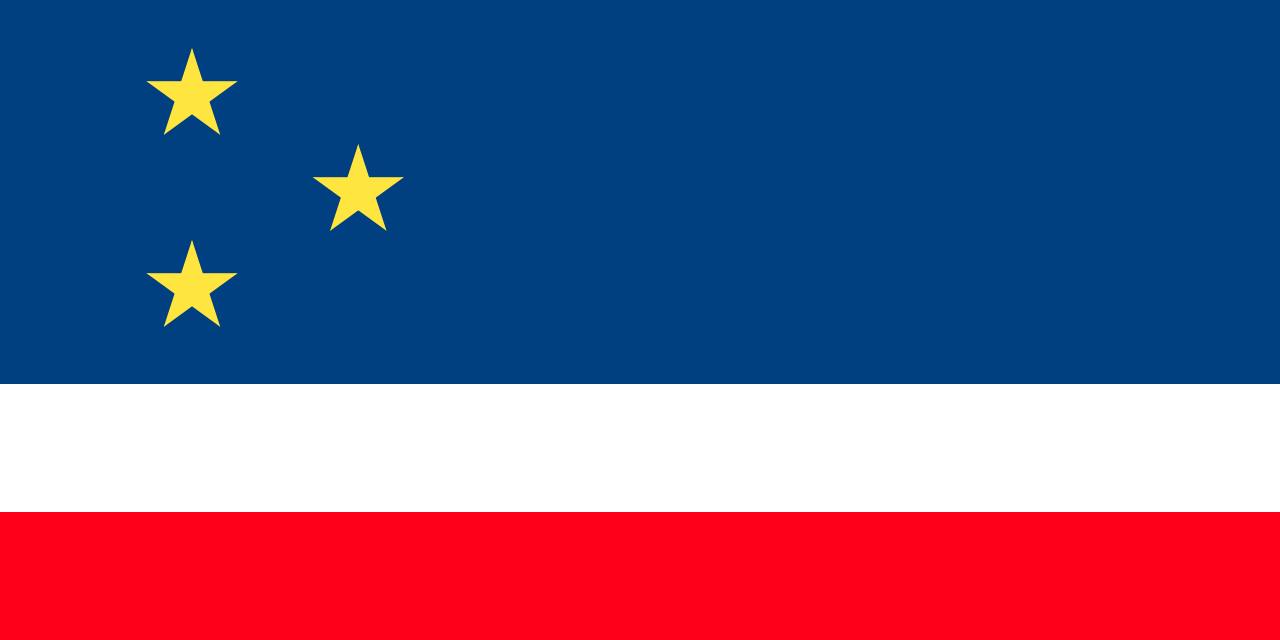The west have suggested arming Moldova to “NATO standards” as Russia gets closer to its borders, but the risks might outweigh the rewards as the Gagauzia question gets asked again.
Moldova is a place not that many people have heard of, some even think it is the same as the made up “Moldovia” of the Princess Diaries, but with the recent Russia – Ukraine conflict the country is now treading a fine balancing act between Moscow and NATO.
What is the backstory with Moldova?

Formerly its own country it flip-flopped between between the Russian Empire and Romania before becoming a Soviet spoil of war as the Moldovan Soviet Socialist Republic.
When the USSR fell, a majority of the ethnic Romanians wanted to unite with Romania, but many including the people of Transnistria and Gagauzia did not. With the former this led to an all out war and the establishing of Transnistria as non-recognized, bit for all intents independent state, with Russian peacekeepers.
What is the Gagauzia story?
No one quite knows for sure how these Turkic people ended up here, but the general theory is that they are descendants of Turkish converts to Christianity. In modern times the ethnic Gagauz have always been ruled by other dominant groups: the Russian Empire (1812–1917), the Kingdom of Romania (1918–1940 and 1941–1944), the Soviet Union (1940–1941 and 1944–1991), and Moldova (1917–1918 and 1991 to date) and have not had a state of their own, but this very much nearly changed in the early 90’s.
Gagauzia not only supported staying in the newsy revamped USSR in 1991 via the New Union Treaty, but many also supported the August coup, when the later failed Gagauzia declared itself an independent republic on 19 August 1991. This was followed a week later by Moldova from the USSR and in September by Transnistria from Moldova.
War was eventually averted with Gagauzia being named the Autonomous Territorial Unit of Gagauzia with the right to “external self-determination”. Since then politics in the mini-republic have been dominated by pro-Russian candidates and overall populace.
The Gagauzia Question – Referendum of 2014
With Moldova pushing for European Union membership not only was Transnistria and the Russian minority pushed further away, but so were the people of Gagauzia. On 2 February 2014, Gagauzia held a referendum, whereby they voted by a big majority that if Moldova were to join the EU, Gagauzia would either join the Russian Federation, or become independent.
Yet while the international community ignored this it should be noted that this was the same year Russia annexed Crimea and the whole Donbass fiasco started. Gagauzians have become no less pro-Russia since then.
Why does the Gagauzia question matter now?
While no one quite knows Russia’s next move in the conflict it is generally expected that are trying to take the south coast of Russia up to Odessa, thus creating a landlocked Ukraine, a border with Transnistria and thus Moldova.
And despite what Kiev say Odessa might go very differently. Odessa nearly became a Peoples Republic like Donetsk in 2014 and while not talked about there is still bitterness about the 42 people who died in the fires at the House of Trade Unions, mostly ethnic Russians.
This has led to the west calling for Moldova to be armed to “NATO standards”, which whilst sounding like a great idea for the west, clearly ignores the political intricacies of Moldova and ironically potentially plays right into the hands of Moscow.
Any western tilt by Moldova could lead the country to completely fracture, with not just Transnistria, but also Gagauzia not only leaving Moldova, but officially joining Russia/USSR 2.0, or worse still face a brutal war as is happening in Ukraine.
History is only useful if we learn from our mistakes and unless the west plans for further escalation, the Gagauzia question needs to be taken into account.

